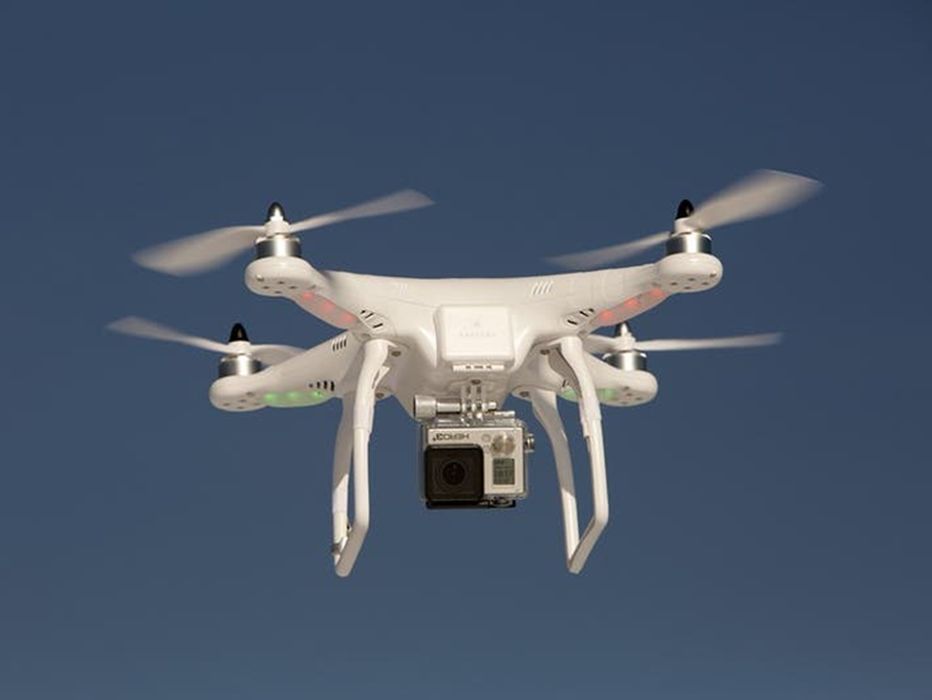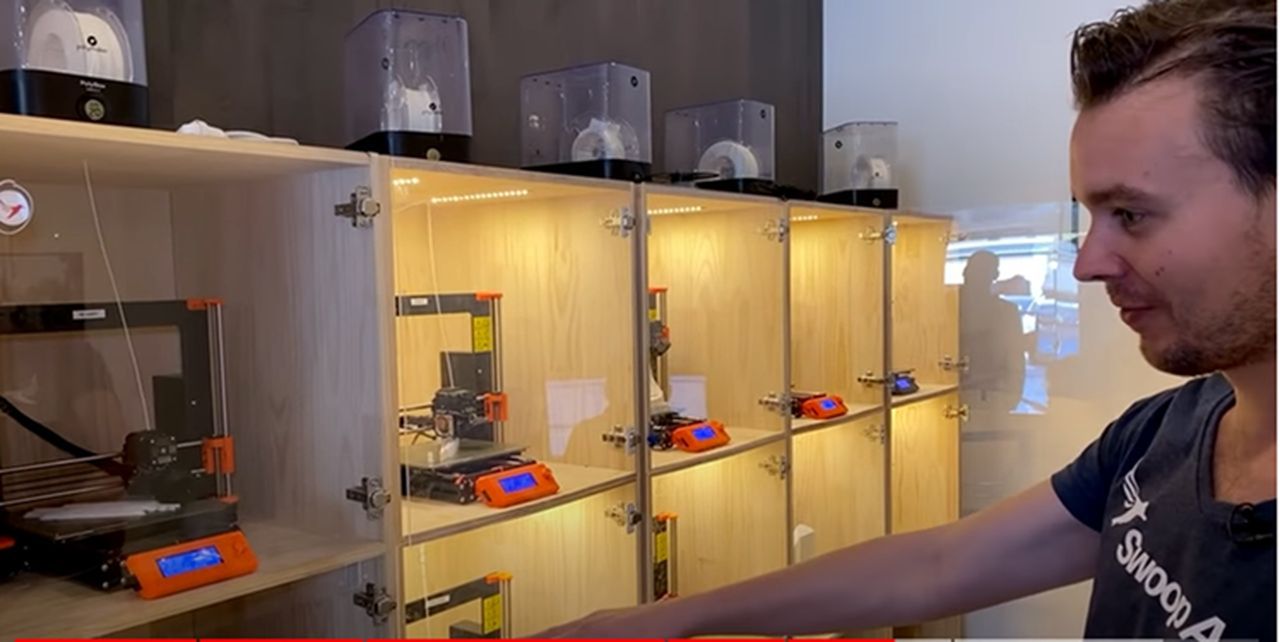
Charles R. Goulding and Preeti Sulibhavi discuss companies that were recently granted licenses to operate unmanned aircraft for long distances and the associated 3D printing applications.
US regulators have recently granted the first licenses for unmanned aircraft to fly substantially beyond the pilot’s sight. This is largely seen as a push for mainstream commercial drone use.
This is an important development that should greatly expand the drone market and the related 3D printing applications.
Before this recent development, commercial drone flights were restricted to the pilot’s sight, even if the drone was capable of autonomous operation. Companies had to have ground staff every few miles to monitor the drones and communicate any potential obstacles. However, the Federal Aviation Authority (FAA) has now issued exemptions to three companies, including UPS Flight Forward, Phoenix Air Unmanned, and uAvionix, allowing them to operate beyond the pilot’s line of sight.
1. Phoenix Air Unmanned
Headquartered in Cartersville, Georgia, Phoenix Air operates a worldwide charter flight system that includes unmanned aircraft. The company describes itself as a services company that “offers solutions to a wide variety of air transportation and related aircraft service needs of industry and government,” according to its website.
2. UPS Flight Forward
A multinational shipping and receiving company, specializing in supply chain management that is headquartered in Sandy Springs, Georgia. UPS obtained certification from the US Federal Aviation Administration to operate commercial drone usage through its Flight Forward subsidiary. UPS has been using its drone technology, specifically on healthcare initiatives. The company has found that medical supplies are optimal products for drone delivery services.
UPS, as a large parcel delivery service, should be positioned to use the license approval for a major market expansion using this technology.
3. uAvionix
Also receiving the FAA license to operate unmanned aircraft for longer distances, out of the view of the pilot, is uAvionix, headquartered in Bigfork, MT and Leesburg, VA. As mentioned above, uAvionix’s subsidiary, Flight Forward got the approval.
Other Players
With 3 license approvals, regulators will be able to evaluate the capability and safety of this technology. We expect more companies to follow the lead which will expand 3D printing drone applications.
The other major delivery companies are not standing still.
Matternet
Headquartered in Mountain View, CA, Matternet is a company that specializes in drone logistics networks for transporting goods on demand, via air using drones that are often quicker and more cost-effective than other transport methods currently used.
Matternet’s M2 drone is the world’s first delivery drone that can carry payloads of up to 4.4 pounds of Matternet supplies and travel distances of up to 12.4 miles in both urban and suburban environments.
Their CEO commented on the license approval as enabling UPS to provide remote flying drones from their main logistics center in Louisville, Kentucky to the large Florida market.
Amazon
Headquartered in Seattle, Washington and Arlington, Virginia, Amazon is a global leader in e-commerce, cloud computing, online advertising, digital streaming and artificial intelligence (AI). Generally regarded as one of the world’s most recognized brands, Amazon has stated that it intends to deliver products to customers using drones before the end of this year.
Around 2020, Amazon was certified by the Federal Aviation Administration to permit drones to make commercial deliveries. And the company has been putting this license to use for its prescription drug segment.
Zipline
Headquartered in San Francisco, California, Zipline began as a global company focused on delivering blood and medical products but has since expanded into food, retail, agricultural product delivery and animal health supplies.
The company has two platforms: one for long-range delivery, and the other for precise home technology. It was the only operator to apply for the license but was not granted it. It is, however, optimistic about the FAA’s recent actions.

Alphabet’s Unit “Wing”
Wing Aviation LLC, a subsidiary of Alphabet Inc (headquartered in Mountain View, California), develops drone delivery systems and UTM systems.
Since 2014, Wing has been using drones to deliver take-out food. The company was the first drone delivery provider to receive an Air operator’s certification from the FAA. This allows Wing to operate as an airline in the US.
FedEx is using this position to drone delivery expertise so it can compete with UPS and Amazon.
Swoop Aero
3D printers have been used to build drones. Swoop Aero is a company that we have previously covered that utilizes 3D printers to create drone parts, seamlessly. During the pandemic, Swoop Aero was the first drone company in the world to remotely pilot commercial drones from another country.
The Research & Development Tax Credit
The now permanent Research and Development (R&D) Tax Credit is available for companies developing new or improved products, processes and/or software.
3D printing can help boost a company’s R&D Tax Credits. Wages for technical employees creating, testing and revising 3D printed prototypes can be included as a percentage of eligible time spent for the R&D Tax Credit. Similarly, when used as a method of improving a process, time spent integrating 3D printing hardware and software counts as an eligible activity. Lastly, when used for modeling and preproduction, the costs of filaments consumed during the development process may also be recovered.
Whether it is used for creating and testing prototypes or for final production, 3D printing is a great indicator that R&D Credit eligible activities are taking place. Companies implementing this technology at any point should consider taking advantage of R&D Tax Credits.
Conclusion
The drone industry is soaring to new heights. It is taking on new markets and as a result of being awarded licenses for flying beyond the pilot’s sight, drones can deliver more and fly to more destinations to reach many more people. The 3D printing industry can be a part of this trend.
